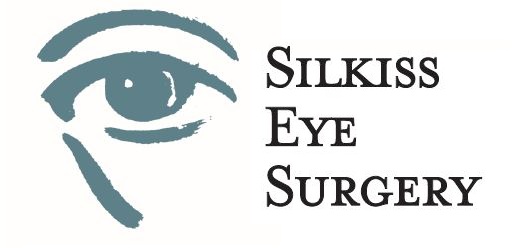COSMETIC SURGERY
Upper Eyelid Blepharoplasty
(Eyelid Lift)
Lower Eyelid Blepharoplasty
(Lower Eyelid Bags)
Asian Eyelid Surgery
(Double Eyelid)
NON-SURGICAL COSMETIC OPTIONS
RECONSTRUCTIVE SURGERY
Ptosis (Drooping Upper Eyelids)
Eyelid Malpositions
(Ectropion & Entropion)
Eyelid Skin Cancer
and Reconstruction
Chalazion, Stye, and Skin Tags
Tearing and Lacrimal System
(Tear Duct)
Thyroid Eye Disease
(Graves' Disease)
Prosthetic Eye &
Eye Socket Surgery
Congenital Ptosis and Pediatric Conditions
Facial Paralysis (Bell's Palsy)
Benign Essential Blepharospasm (Eyelid Spasms)
Trauma (Eyelid Lacerations &
Orbital Fractures)
BROW LIFT
A brow lift can reverse the effects of gravity by tightening the skin and soft tissues of the forehead and above the brow in order to restore a more youthful brow contour. In men, a youthful brow rests just above the orbital rim, whereas in women there is more of a pronounced arch. With age, the brows can sag, resulting in a tired or sad look. This commonly occurs in the outer corners of the brows. Sagging brows may contribute to excess upper eyelid skin, which may block the peripheral vision. Some people complain of headaches from constantly having to raise their eyebrows in order to see.
THE PROCEDURE
There are various methods used to surgically raise the eyebrows to a more youthful position.
Lateral brow lift elevates the outside portion of the brow, which is the most common area that sags. The incision is made just above the hairline, so no scars will be visible.
Browpexy may be performed at the same time as an upper eyelid blepharoplasty or ptosis repair because it utilizes the same incision. Internal sutures are placed to suspend the brow at the desired height.
Direct Brow Lift consists of making an incision just above the brow and removing skin to lift the brow. This procedure is more often performed for men with heavy forehead furrows that can hide the scar, or for patients with severe brow drooping.
A brow lift is commonly performed at the same time as other eyelid procedures such as upper eyelid blepharoplasty, lower eyelid blepharoplasty, and/or ptosis repair.
Our doctors will discuss their assessment with you and go over your personal plan and what to expect after surgery during your preoperative visit. The surgery may be performed in the office using only local anesthesia or in the operating room under sedation (twilight) depending on your surgical plan.
RECOVERY AFTER SURGERY
You may expect to go home on the day of surgery. There is usually minimal to no pain after brow lift surgery and most patients resume their normal daily activities the following day. Heavy lifting should be avoided for 1-2 weeks. You may experience mild discomfort, which is controlled with oral medication. Rarely, numbness or tingling in the brow may be experienced after surgery. Swelling and bruising significantly improves after a few days and usually is minimally noticeable after 2 weeks, however healing time can vary between individuals. Sutures are removed on the first postoperative visit, usually 7-10 days after surgery.

